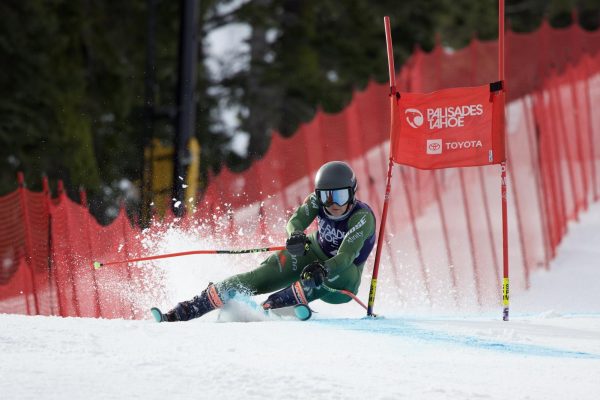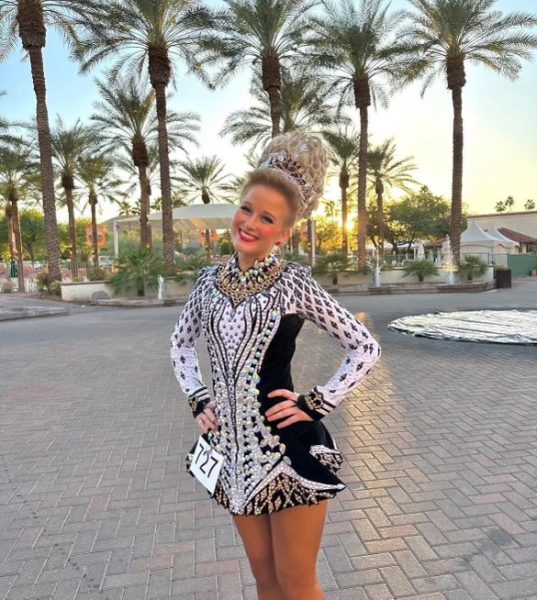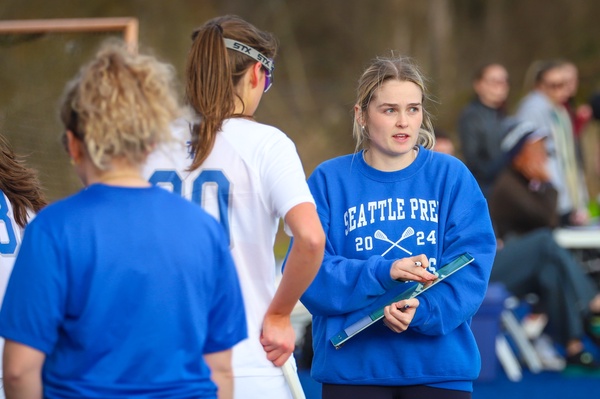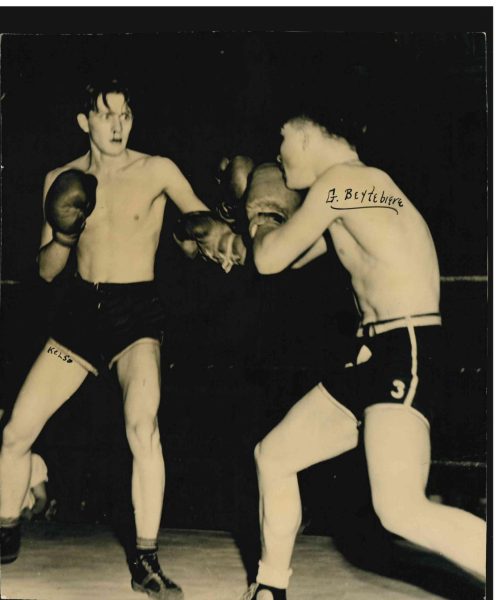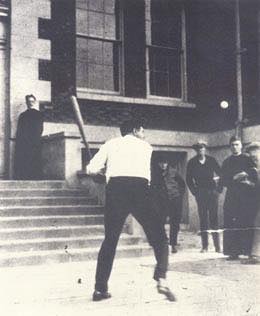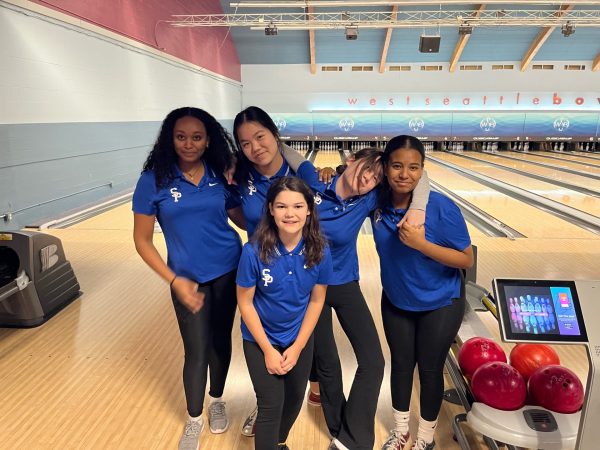Sidelined: Prep Athletes Persevere Through Injuries
November 9, 2022
Injury is a common part of sports. It is unrealistic to assume that all athletes will remain completely healthy throughout all seasons. While injuries may affect some athletes in larger or more serious ways than they do others, they can emerge anytime on the track, court, field, course, gym, or pool. Despite the feelings of frustration and pain that injuries bring, the road to recovery is a learning experience, one which students can get through with the right support and attitude.
Prep’s Varsity women’s soccer team sustains injuries each season. This fall, starting center back Sophia Kennedy ’22, injured her ankle. She explains, “I sprained this same ankle four or five times in the span of two and a half years, so it is really weak and therefore incredibly easy to sprain again…. I was in a boot for a couple of days and then started my recovery process…. It’s hard to do your PT exercises because they can feel grueling, and it can feel dumb sitting on the sideline doing ankle circles while everyone else is sprinting in a game.”
While some injuries are recurring, others happen suddenly and can be more serious or long-term. For example, junior Drew Velling tore his ACL in the spring of sophomore year, sidelining him for the entire fall football season. His tear required surgery soon after the injury, followed by several months of continuous rehab. Velling shares, “I am finally starting to return to normal activities. While I’m unfortunately not back to playing sports yet, that should hopefully be coming within the next few months.”
Being sidelined is not a fun feeling, especially when athletes have to watch their friends and teammates compete without them. Kennedy shares, “It’s hard to watch your teammates working out on the field and feel completely helpless. It’s easy to get down on yourself and feel like all your handwork went down the drain. It felt like my senior season was over.”
While injuries can make an athlete feel hopeless and angry, it is important to stay determined and committed to recovery. Velling advises, “Stay consistent with your rehab, because although it may not always seem like it, it eventually will pay off and you’ll be glad you put the work in from the beginning and stuck with it throughout.”
Velling hopes his hard work will pay off with the opportunity to return to the field in the fall of 2023 for his senior season.
Many athletes seek support from the trainer as they recover. Seattle Prep athletic trainer, Mr. Carlson, explains his part: “My role as a high school athletic trainer is to assist with injury prevention, diagnosis and treating musculoskeletal injuries and concussions.” He continues, “The most common injuries so far have been skin abrasions, concussions, and soft tissue injuries (muscle strains/tightness).”
Coaches’ and players’ responses to injuries are critical pieces of the healing process. Managing activity and keeping bones and muscles healthy is a large part of injury prevention. Coach Walker, head Cross Country Coach at Seattle Prep, shares his perspective: “Let it calm down and take some time off from training so that it can be ready to do what your body is asking of it.” He adds that a major part of returning to action is, “to gradually increase training to the point that all of the muscles and bones are ready to accept the load.”
Carlson offers all athletes this advice for general well-being and injury prevention: proper warm-ups, hydration, nutrition, and post-exercise care (foam rolling/stretching/cooldowns/etc.).
What additional advice do these recovering athletes offer? Kennedy encourages, “Be patient with yourself, and stay positive…. Don’t rush it. That’s how you get injured again…. For people in a team sport, you are still part of the team. You might have a slightly different role than before, but you are still a vital member of the team.”
While injuries cannot be avoided altogether, knowing the proper way to prevent and manage them are tools every athlete needs to know. That, along with a positive attitude, can lead to swimming, running, throwing, tackling, putting and enjoying your favorite sport sooner rather than later.


